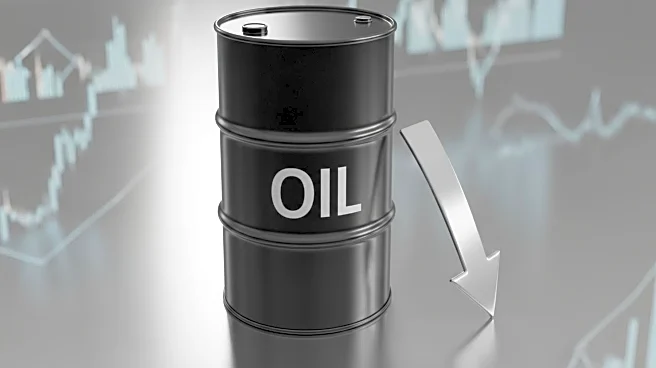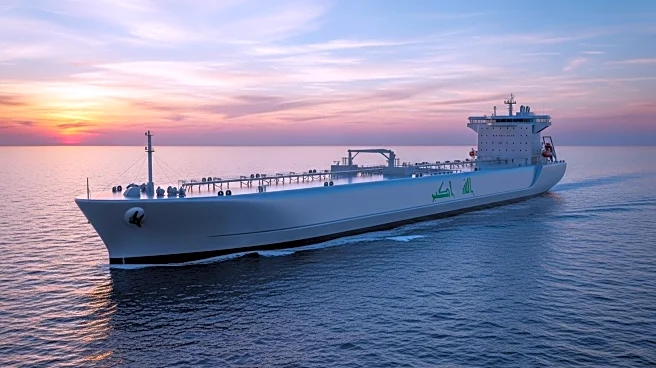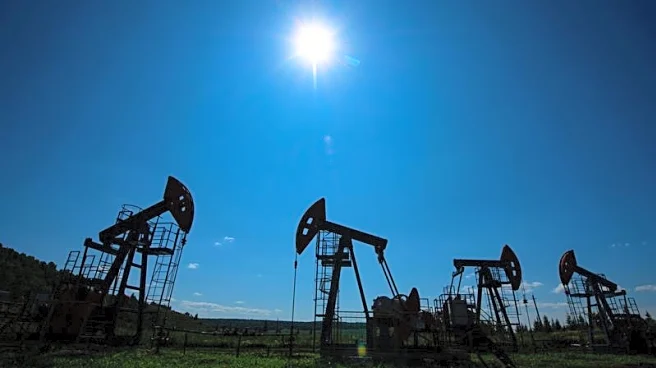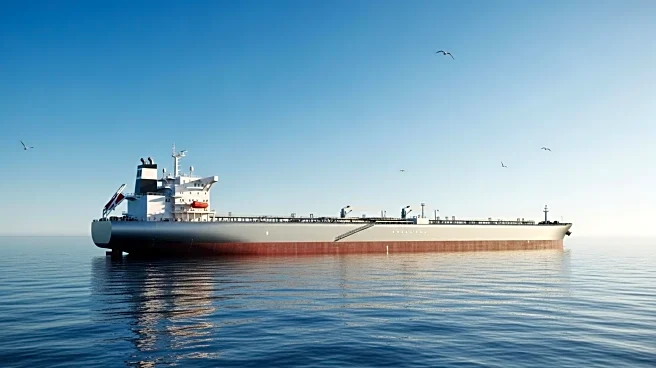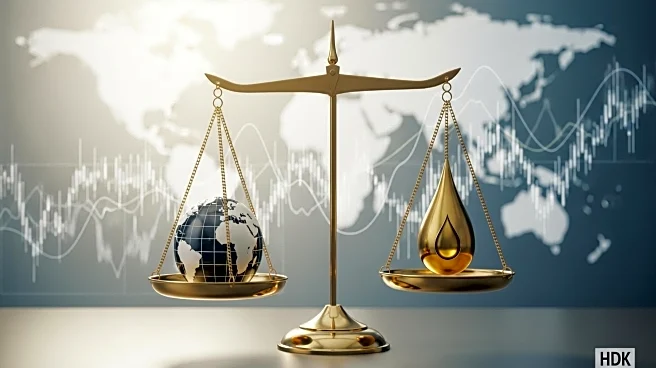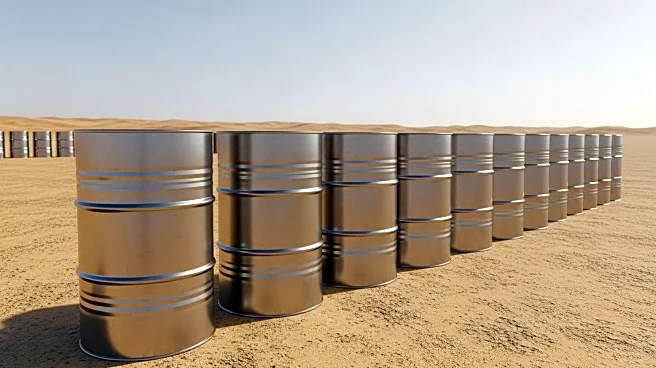What is the story about?
What's Happening?
Citi analysts have projected a decrease in Brent crude oil prices to $60 per barrel by the end of the year, influenced by OPEC+'s decision to increase production. The bank anticipates an average price of $62 per barrel between the second and fourth quarters of 2026. This forecast follows OPEC+'s announcement to unwind an additional 1.6 million barrels per day of voluntary cuts starting in October 2025. The increased production is expected to lead to stock builds of 1.1 million barrels per day in 2025 and 2.1 million barrels per day in 2026, contributing to a loosening global supply. Citi estimates that by the end of 2026, global liquids inventories could reach 10.9 billion barrels, equivalent to 103 days of forward demand cover.
Why It's Important?
The forecasted drop in Brent crude prices could have significant implications for the global oil market and economies reliant on oil exports. Lower oil prices may benefit consumers and industries dependent on oil, potentially reducing costs for transportation and manufacturing. However, oil-exporting countries might face economic challenges due to decreased revenue from oil sales. The increased production by OPEC+ could also impact the balance of supply and demand, influencing global trade dynamics. Additionally, the forecast highlights potential risks such as weaker global demand and faster growth in non-OPEC supply, which could further affect oil prices and market stability.
What's Next?
Citi has outlined scenarios that could influence future oil prices, including a bear case with a 30% probability of Brent prices falling below $60 per barrel, potentially reaching $50 due to weaker demand and lower compliance among OPEC+ members. Conversely, a bullish scenario with a 10% probability could see prices rise above $75 due to geopolitical disruptions. Stakeholders in the oil industry, including producers and consumers, will likely monitor these developments closely to adjust their strategies and operations accordingly. The ongoing trade disputes and their impact on diesel consumption will also be a factor to watch.
AI Generated Content
Do you find this article useful?


